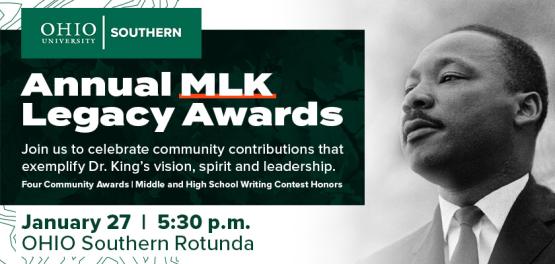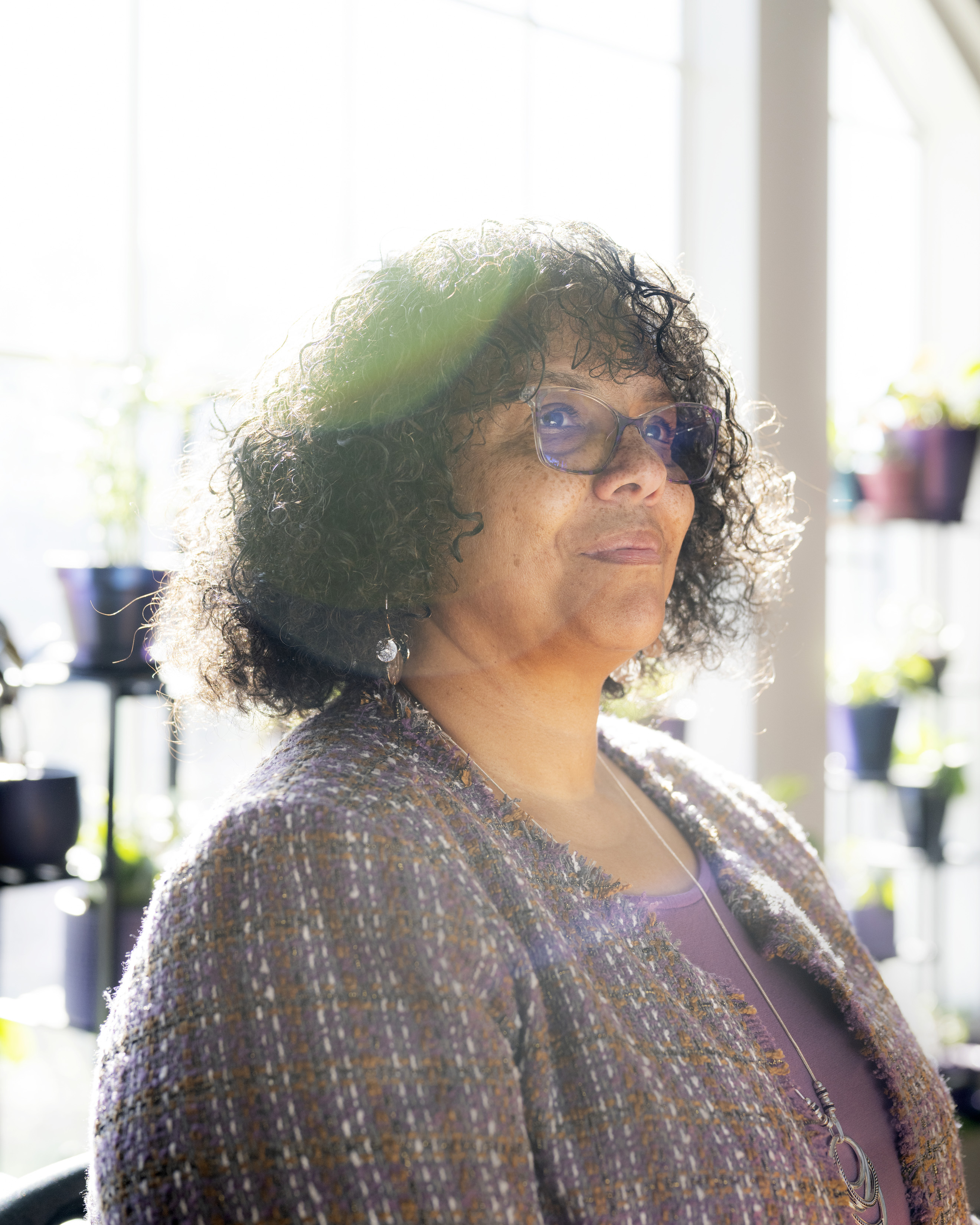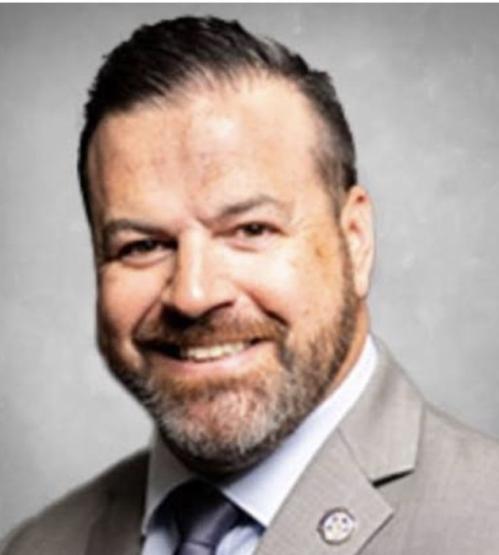

Last Word with Lisa Flowers-Clements
The recently appointed director of the University’s Multicultural Center reflects on her time at OHIO, as both a student and an employee, and her vision for the future of the Center.
Grace Miller, BA, BSVC ’24 | April 11, 2024
Share:
After five years in OHIO’s Division of Diversity and Inclusion, Lisa Flowers-Clements, BSED ’92, MED ’04, became the new director of the University’s Multicultural Center last October. For the Southeast Ohio native, the appointment is a natural fit.
“Social justice has always been something that’s very important to me,” she says, as has interacting one-on-one with students. From working as a peer mentor in the LINKS Program and serving as a resident director at OHIO to working in developmental education at West Virginia University at Parkersburg, advising and advocating for students has been Flowers-Clements’ favorite part of working in higher education for more than two decades.
What were your favorite study and hangout spots when you were an undergraduate student and when you returned as a graduate student?
While I was doing my master’s, I was also a parent working full-time in Residence Life, so there wasn’t necessarily a favorite hangout spot.
As an undergrad, my favorite study place was probably my room, because I could create it the way I wanted it to be. And the hangout space when I was an undergrad was the first floor of Lindley Hall, where the African American studies courses were held. It was the Black student hangout space.
What inspired you to pursue degrees and a career in education?
Growing up, my neighbor and friend went to a school for students with special needs, and I could never figure out why we weren’t in school together. It always blew my mind. That is where my interest in special education started, and it continued because I would help tutor students and help people understand concepts if they were having difficulties, so the natural progression was to be a teacher.
So I became a special education teacher, and I did that for six years. The first four years I was at Federal Hocking Middle School, then I moved to Florida for two years. At Federal Hocking, I always had Ohio University education practicum students in my classroom. The first year in Florida was like, “OK, this is great, but there’s something missing.” Then I had a student teacher in my classroom and realized, “Oh, there’s the missing part—I need to be with college students.”
So then, I had the opportunity to work in Housing and Residence Life at OHIO as a resident director. I had been a resident advisor as an undergraduate, and I really enjoyed that. As an RD in Sargent Hall, I liked living on campus with my two small children. Then I was like, “Wait, there’s a whole degree for this,” so I got my master’s degree in college student personnel and have been in higher education since.
How did your progression of degrees help you prepare for your different roles?
As an RA, I learned a little bit about student development, and I learned about creating spaces where people can grow, learn and ultimately feel safe, and I carried that into my classroom as well. We had a very collaborative classroom, with spaces where students could sit at desks or on a bean bag, because you can learn in different spaces. We made it more specific to what the students needed.
After serving as an RD for a few years, when my children were a little bit older, it was like, “OK, they probably need a yard that’s not outside Sargent Hall to ride their bikes and all that,” so I left OHIO for West Virginia University at Parkersburg, where I was the coordinator for developmental education and a faculty member. I earned tenure and was really proud of that accomplishment, but there was this little piece in my head that was like, “Is this really where I am supposed to be?”
I enjoyed teaching, but the part of my job that I loved the most was the advising and the one-on-one time with students, so I took an opportunity to come back to OHIO as an academic advisor in University College.
Later, there was a position in the Office of Multicultural Success and Retention, OMSAR. I applied because I’d be working with students in the LINKS Program, so that connection was really important to me, as I had been a part of the LINKS program myself as a first-year student at OHIO.
So, I did that for five years, and then the position for director of the combined Multicultural Center and OMSAR opened. I thought it was a great opportunity to use all the skills from all of my other positions and bring them together, so here I am.
One of the other things that we really want to do is to make the Multicultural Center a space that is open for students, a space where students feel that they can just be their authentic selves, a place where code-switching doesn’t have to happen.
What does being the director of the Multicultural Center mean to you, and what are you hoping to achieve in that role?
The Multicultural Center has a legacy of having amazing directors, so I have an amazing blueprint for this role. Linda Daniels, who was the first official director of the Multicultural Center, was a mentor, colleague and overall amazing person. I met the next director, Dr. Winsome Chunnu [MA ’04, PHD ’09], as a grad student, and she also did some amazing, amazing programming. I am just hoping to continue the legacy.
So we’ll continue staple things like working with the Black Student Union and the Multicultural Expo at the beginning of the year, and we have a really great partnership with the Black Student Cultural Programming Board. Our assistant director of programming, Acie Clayborne, did a program last year during Native American Heritage Month—Indigenous Game Day and Book Share—that was very successful, and he wants to turn that into something that happens annually.
As far as the LINKS program, Alison Moore, who is the assistant director of peer mentor programs and student support, does an amazing job mentoring the peer mentors. A goal of hers has been to expand the LINKS program to second-year students as well, so that’s something that we’re currently working on.
One of the other things that we really want to do is to make the Multicultural Center a space that is open for students, a space where students feel that they can just be their authentic selves, a place where code-switching doesn’t have to happen. I don’t know if you’re familiar with Paul Laurence Dunbar’s “We Wear the Mask,” but being a space where students don’t have to wear a mask to hide a portion of themselves, where they can speak freely and just have open, honest conversations, learning about each other in a way that is inclusive and respectful, is something that we feel is very important.
Are there any special personal items in your office?
There’s a picture of my two children when they were young. They are now 23 and 25, and in that picture, they are 2 and 5. That is probably my favorite picture of the two of them together, because it showcases both of their personalities.
And then I have a mug that has my husband’s picture on it. Back when we’d been married for almost a year, he started a job in Florida, and I was still working in Ohio. He thought it would be hilarious to give me a mug with his picture on it, so it’s traveled with me around to all of my different offices since then to remember what a goofball he is.
Do you have a favorite item of OHIO memorabilia?
My favorite thing is actually a string art outline of the state of Ohio with the Bobcat paw print, even though it’s not necessarily from Ohio University. My favorite “official” memorabilia would have to be my diplomas. They’re probably my most expensive items as well.
How do you like to spend your time outside of work?
So with my family, just hanging out and having a family meal is always a good thing. When the kids were younger, we would do a family movie night.
My hobbies are cyclical. I will crochet a lot, and then it’s like, “OK, yeah, I’m done with that for now,” and then I’ll do beading and make jewelry, and then it’s like, “OK, yeah, I’m done with that for now,” and then I’ll move on to the next thing.
I like to do things that are somewhat creative, but I’m not really artistic. I like things that I can do but don’t take a lot of thinking—something where I can really just relax and do it at the same time.
Feature photo by Rich-Joseph Facun, BSVC '01



